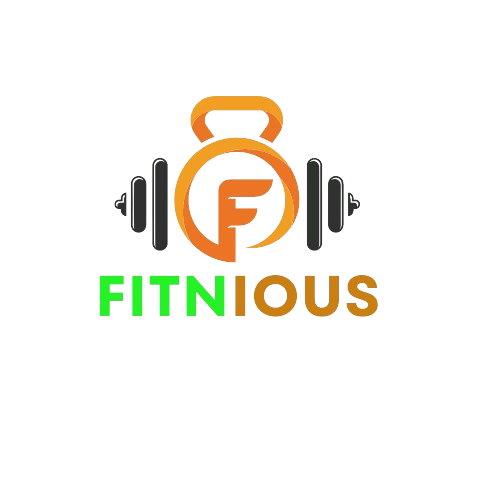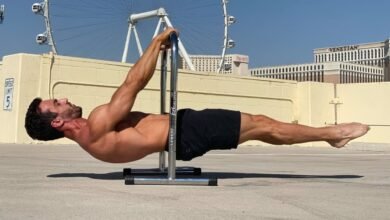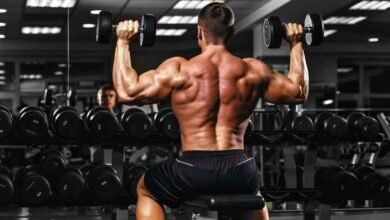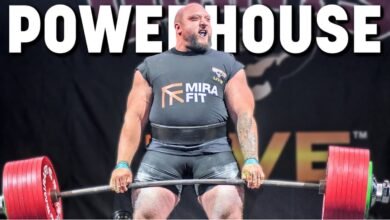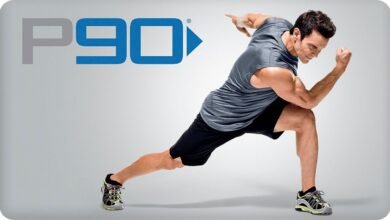When it comes to decreased body physical games, the unmarried leg extension frequently would not get the spotlight it merits. But if you aim for well-rounded leg strength and balance, incorporating this exercise into your routine is a recreation-changer. It’s now not just about making your legs appear exact; it’s about constructing practical electricity that supports everything from jogging to leaping to normal activities. By specializing in one leg at a time, you may enhance your muscle symmetry and cope with any imbalances that are probably hindering your performance or leading to damage.
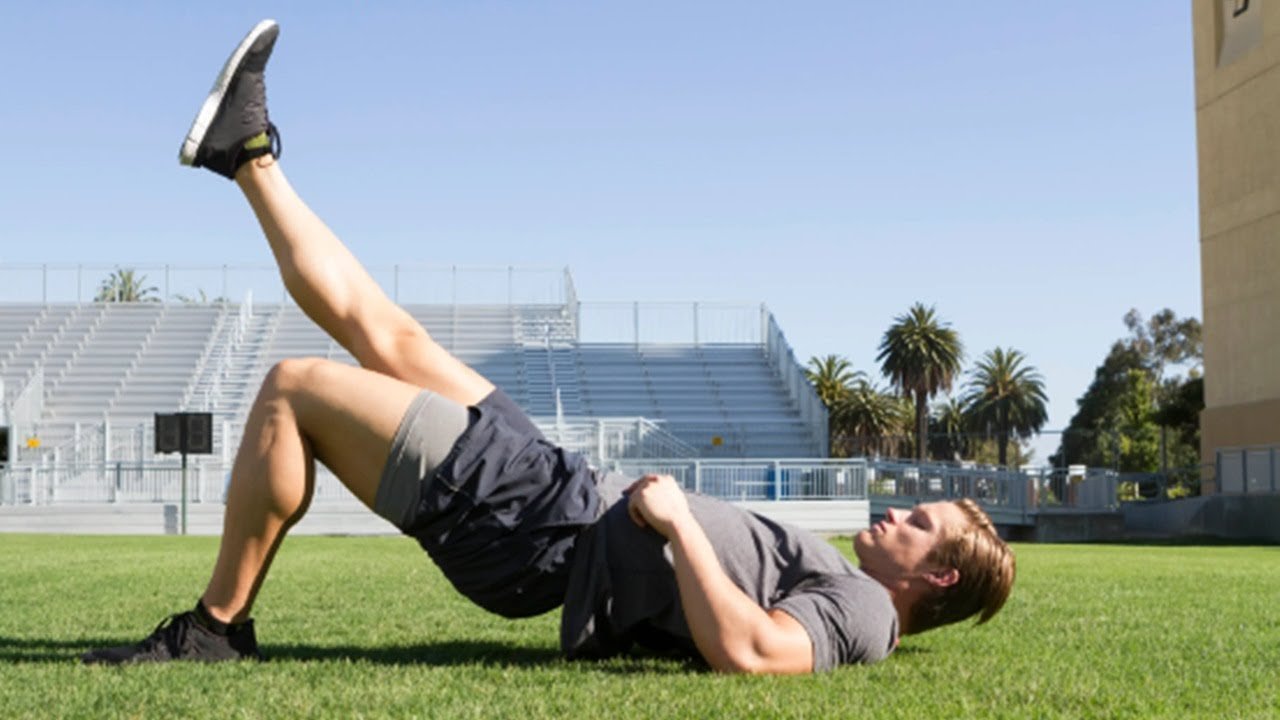
Benefits of Single Leg Extensions
Muscle Targeting
Single leg extensions are 0 in at the quadriceps, which are the ones with substantial muscle tissues on the front of your thighs. By keeping apart one leg at a time, you ensure that every leg gets the same interest, assisting in coping with muscle imbalances. This focused approach can lead to more defined quads and better leg strength. Additionally, strong quads play a crucial role in stabilizing your knee joints, which can enhance your overall lower body functionality.
Injury Prevention
Strengthening your quadriceps through single leg extensions can prevent injuries, specifically across the knee. Strong quads assist the knee joint, lowering the danger of traces and sprains. This is especially useful for athletes who place a lot of stress on their legs. Moreover, single leg extensions can assist in rehabilitating knee injuries by safely keeping apart and strengthening the muscle groups without placing excessive strain on the joint itself.
Improved Athletic Performance
Whether you’re an avid runner, a football player, or a person who enjoys hiking, robust quadriceps are crucial. Single leg extensions improve your potential to generate electricity from your legs, enhancing your performance in numerous sports. With better muscle-staying power and electricity, you’ll find that your legs fatigue less fast, allowing you to maintain a high overall performance for more extended periods.
Proper Form and Technique
Starting Position
To begin, sit on a leg extension gadget with your back firmly opposing the backrest. Adjust the pad so it rests effectively at the top of your ankle. Your knees must be at a 90-degree attitude, and your toes should be flexed. Ensure that your backbone is impartial and your middle is engaged to provide a stable exercise base.
Execution
Extend one leg slowly until it’s instantly in front of you, then preserve it for a second. Make sure to squeeze your quadriceps on the top of the motion. Lower your leg again to the starting function in a managed manner. Repeat for the preferred range of reps earlier than switching to the alternative leg. Throughout the motion, focus on preserving your smooth movement, maximising muscle engagement and limiting the threat of injury.
Common Mistakes to Avoid
One of the most commonplace errors is the usage of momentum to boost the weight. There are more effective ways to reduce the effectiveness of the workout, but it also increases the risk of damage. Also, avoid locking your knee on the top of the motion, as this will place pointless strain on the joint. Ensure you’re not arching your returned or permitting your hips to shift, as those can compromise your form and result in lower back pain.
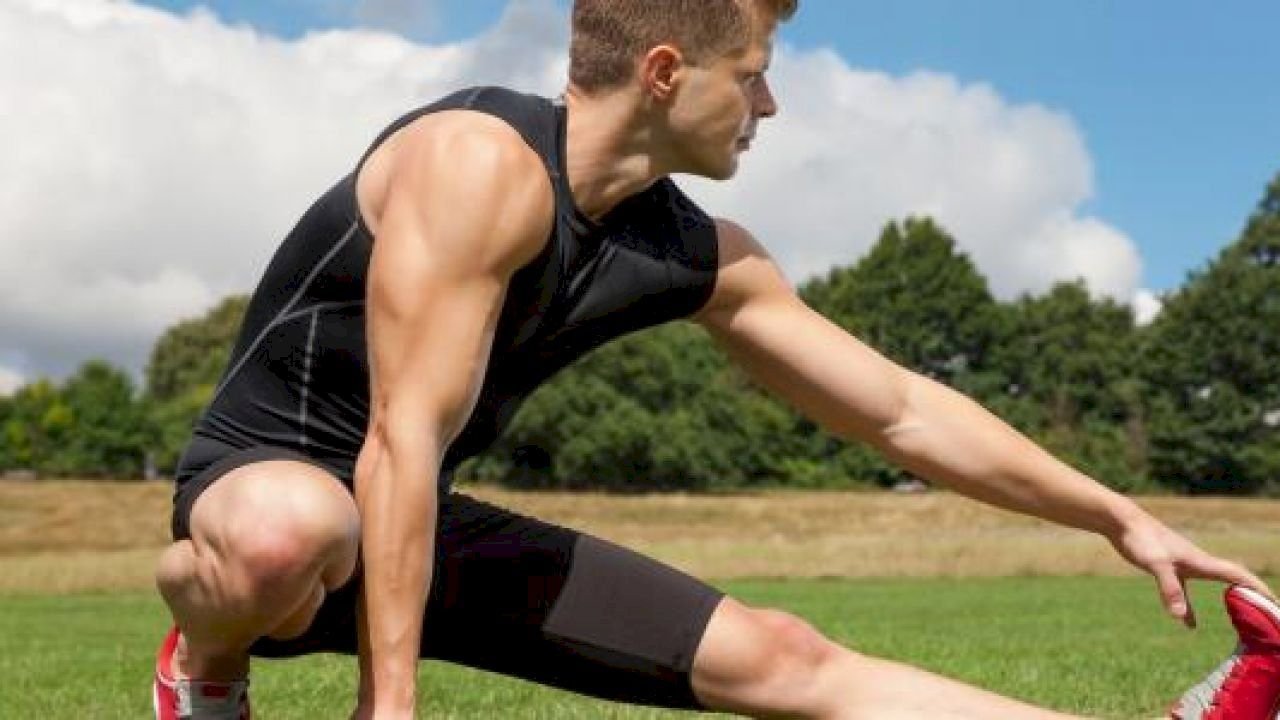
Variations of Single Leg Extensions
Seated Single Leg Extension
This is the conventional use of a leg extension machine. It’s high-quality for separating the quadriceps and may be effortlessly adjusted for unique health ranges. This variant allows for particular control over the burden and range of movement, making it ideal for beginners and superior lifters alike.
Standing Single Leg Extension
For a more excellent purposeful approach, strive for status unmarried leg extensions. Use a resistance band anchored to a low point. This variation no longer targets your quads but engages your middle for stability. By performing the workout standing, you may interact with the muscular tissues around your hips and ankles, enhancing your overall strength and coordination.
Resistance Band Single Leg Extension
If you don’t have to get admission to a leg extension system, a resistance band can be an extraordinary alternative. Anchor the band at a low point and perform the extension while standing or lying down. This method is portable and convenient for home workouts or travel. The variable resistance provided by the band can also offer a different type of muscle engagement compared to traditional weights.
Incorporating Single-Leg Extensions into Your Workout Routine
Warm-Up and Cool-Down
Always begin with proper heat- as much as put together your muscle groups and joints for exercise. Dynamic stretches and mild aerobics can get your blood flowing. Similarly, settle down with static stretches to aid recovery and flexibility. Incorporating foam rolling into your cool-down habit also can assist in reducing muscle tightness and enhance blood waft.
Recommended Sets and Reps
For energy building, aim for 3-4 sets of 8-12 reps. If you’re focusing on patience, move for two to three sets of 15-20 reps with lighter weight. Adjust the extent and intensity primarily based on your fitness dreams and normal workout plan. Remember to gradually increase the resistance as you become more comfortable with the workout to maintain the hardness of your muscle tissues.
Pairing with Other Exercises
Single-leg extensions can be paired with compound movements like squats or lunges for a comprehensive lower-body workout. This combination ensures you’re targeting multiple muscle groups for balanced development. For instance, a workout could include squats for overall leg strength, lunges for unilateral balance, and single-leg extensions for isolated quad work.
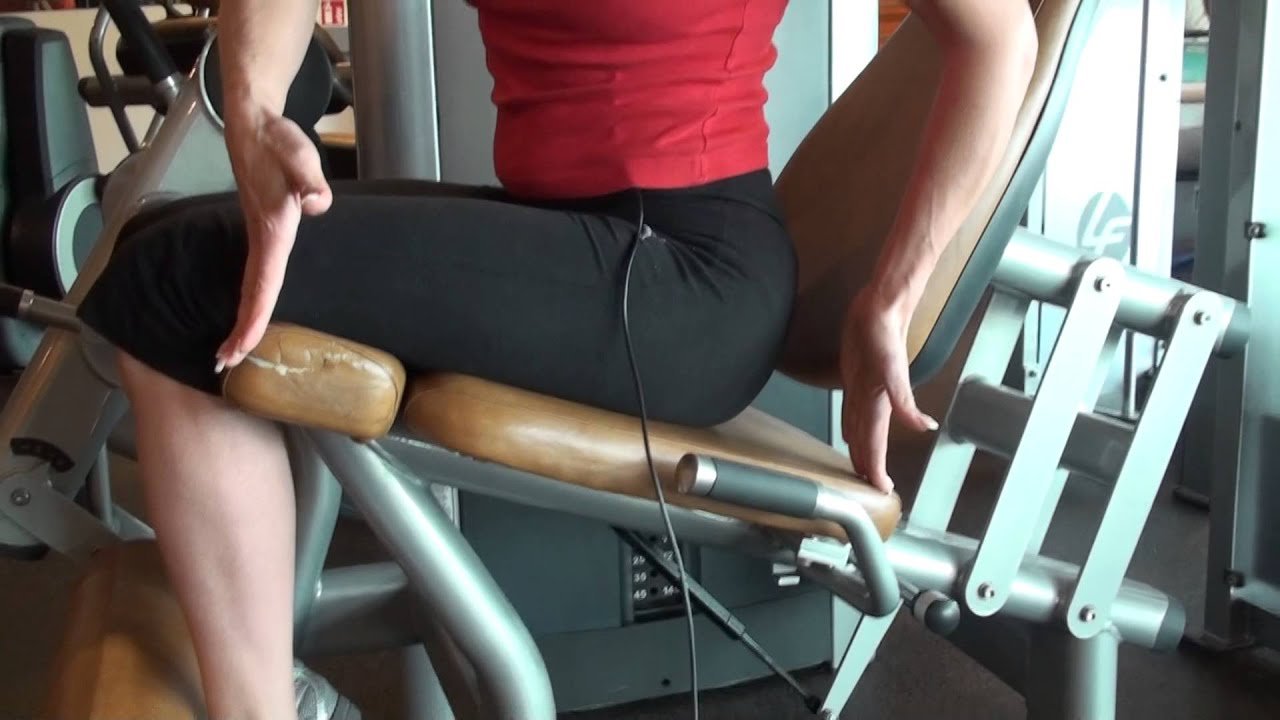
Safety Tips and Precautions
Listening to Your Body
Pay interest to how your body feels during and after physical games. If you enjoy aches (no longer to be confused with the regular soreness of muscle fatigue), stop and reconsider your form or the load you are using. It’s essential to differentiate between a top ache (the burning sensation of muscle fatigue) and an awful ache (sharp or acute discomfort).
Using Appropriate Weight
Start with a lighter weight to grasp the shape, and boom, step by step, as you get stronger. Using too much weight too soon can lead to terrible shape and capability injury. Focus on high quality over amount, ensuring that every repetition is finished with the proper method.
Consulting a Professional
If you are new to single leg extension or have a history of knee troubles, consider consulting a health expert. They can offer personalized guidance and ensure you’re performing the exercise thoroughly and successfully. A licensed trainer can also help you tailor your exercise routine to your precise wishes and goals, supplying adjustments and progressions as necessary.
Common Myths About Single Leg Extensions
Myth 1: Single Leg Extensions Are Bad for Your Knees
While it is authentic that negative form or excessive weight can cause knee strain, single leg extensions can reinforce the muscular tissues that guide your knees when carried out efficiently. It’s all about proper method and suitable weight choice.
Myth 2: You Only Need Compound Exercises
Compound sports are great for common muscle development, but isolation sports like single-leg extensions play a crucial function in concentrating on particular muscle groups and correcting imbalances. A well-rounded fitness routine should include both compound and isolation physical games.
Myth 3: Isolation Exercises Are Only for Bodybuilders
Isolation sports are beneficial for all of us, now not simply bodybuilders. They help strengthen weak areas, enhance muscle definition, and enhance average overall performance. Whether you’re an athlete, a fitness enthusiast, or just a person looking to live energetically, isolation-wearing events may be a precious part of your workout habit.

Conclusion
Single leg extensions are a powerful tool in your fitness arsenal, offering numerous benefits from muscle targeting to injury prevention. By incorporating this exercise into your routine with proper form and variations, you can achieve solid and balanced legs that support your athletic and everyday activities. Remember to focus on proper form, listen to your body, and consult a professional to maximize the benefits and minimize the risks.
FAQs about Single Leg Extension
How frequently must I include single leg extensions in my exercising?
It is sufficient to incorporate them 2-3 instances a week, depending on your basic workout plan and dreams. Make sure to allow adequate recuperation time between sessions.
Are single-leg extensions appropriate for beginners?
Absolutely. Start with a lighter weight and focus on studying the shape before growing the depth. Beginners should also remember to get guidance from a fitness professional to ensure they perform the exercise efficiently.
Can single leg extensions help with knee aches?
Strengthening the quadriceps can help the knee joint, potentially alleviating some knee aches. However, seek personalized advice from a healthcare company.
What different physical games supplement single leg extensions?
Exercises like squats, lunges, and hamstring curls pair well with single-leg extensions for a balanced decrease in frame exercising.
